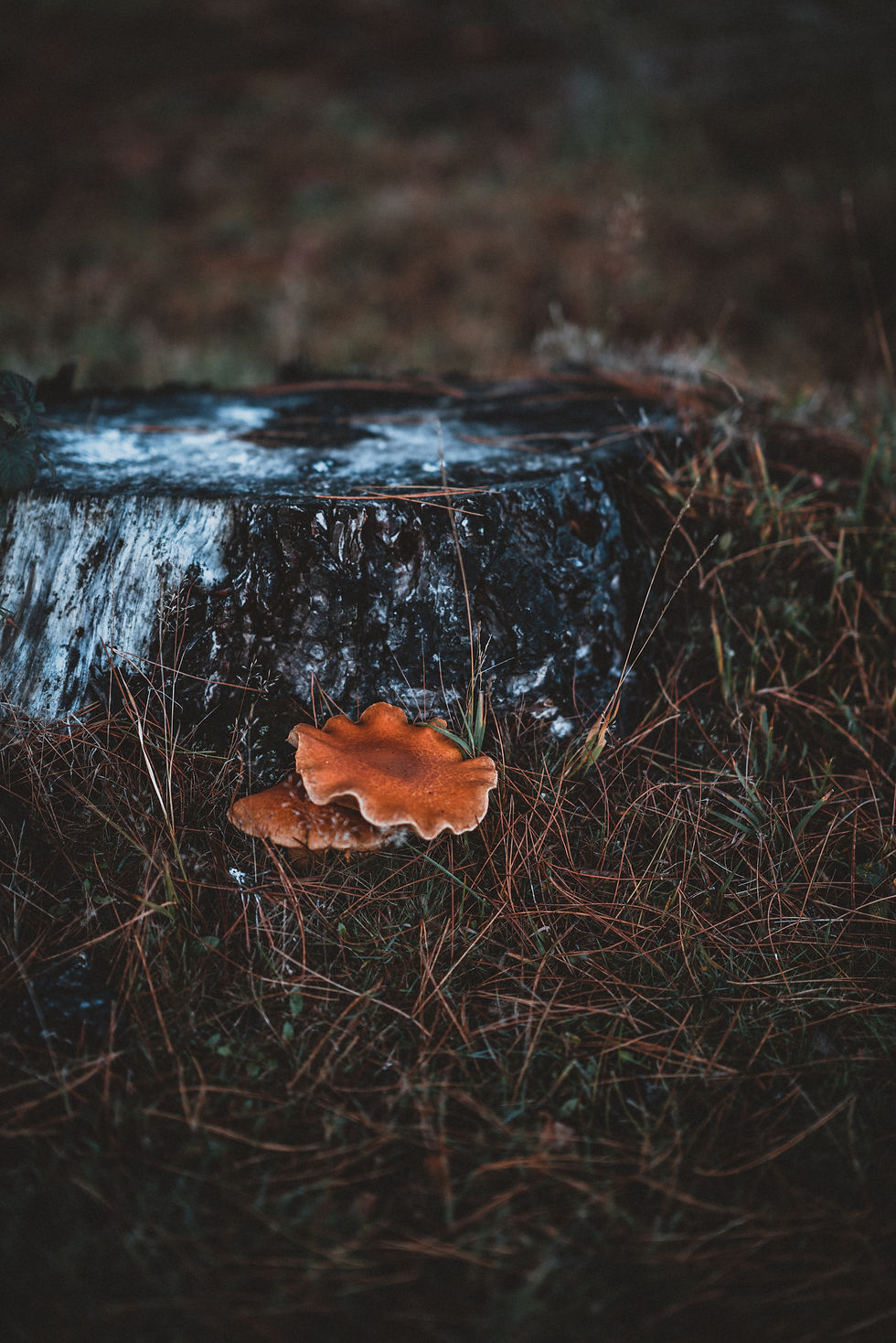Herb of the Week: Kava Kava
- Dr. Rachel Knowles
- Apr 23, 2024
- 3 min read
Welcome to our exploration of Kava Kava, a remarkable herb that has woven its way through the cultural and medicinal tapestry of the Pacific Islands for centuries. Revered for its calming effects, Kava Kava, scientifically known as Piper methysticum, is an integral part of traditional ceremonies and modern wellness practices alike. Here, we delve into the benefits of Kava Kava and the various ways it can be enjoyed, aiming to enrich your herbal education and inspire a holistic approach to health.
What is Kava Kava?
Kava Kava is a perennial shrub native to the South Pacific. The plant thrives in the islands of Fiji, Samoa, Tonga, and Hawaii, where its roots are harvested for their therapeutic properties. The active ingredients in Kava Kava, known as kavalactones, are responsible for its psychoactive qualities, which can induce relaxation without impairing cognitive function.
Benefits of Kava Kava
Anxiety Relief: One of the most celebrated benefits of Kava Kava is its ability to alleviate anxiety. Studies have shown that kavalactones can help reduce anxiety by influencing neurotransmitter activity in the brain, similar to how certain pharmaceuticals operate, but with fewer side effects.
Sleep Enhancement: Kava Kava is often used as a natural remedy for insomnia. Its sedative effects can help ease the body into a restful state, making it easier to fall asleep and stay asleep.
Muscle Relaxation: Beyond its mental relaxation properties, Kava Kava can also relax physical tension. It is commonly used by people experiencing muscle pain or cramps, providing comfort without the risks associated with synthetic relaxants.
Neuroprotective Effects: Emerging research suggests that Kava Kava may have neuroprotective benefits, potentially aiding in the protection of neurons against damage and supporting overall brain health.
Cultural Significance: In many Pacific cultures, consuming Kava Kava is a communal activity that fosters social interaction and mutual respect, highlighting its role in social well-being.
How to Consume Kava Kava
Kava Kava can be enjoyed in several forms, each offering a unique experience:
Traditional Preparation
In traditional Pacific Islander communities, Kava Kava root is ground into a fine powder and mixed with water. This mixture is then strained through a cloth to produce a beverage. The ritual of preparing and drinking Kava is an important social and cultural activity.
Modern Variations
Kava Tea: For those looking for convenience, Kava tea bags are available and can be brewed like any other herbal tea. This is a milder way to experience Kava's effects.
Kava Tinctures and Extracts: These concentrated forms offer a more potent effect and can be added to water, juice, or teas.
Kava Capsules: For precise dosing and ease of use, Kava capsules are an excellent choice. They are ideal for those who may not enjoy the taste of traditional Kava.
Safety and Considerations
While Kava Kava is generally considered safe for short-term use, it's important to approach its consumption with care:
Liver Health: There have been concerns about the potential impact of Kava on liver health. It is essential to use only high-quality, noble Kava varieties and consult with a healthcare provider, especially if you have existing liver conditions or are taking medications that affect the liver.
Regulatory Status: The legal status of Kava varies by country, reflecting different regulatory responses to its safety profile. Always check local regulations before purchasing or consuming Kava.
Kava Kava offers a fascinating blend of traditional herbal remedy and modern relaxation aid. Whether you're seeking to unwind after a long day, connect with ancient Pacific Island traditions, or explore its therapeutic benefits, Kava presents a unique herbal choice. Remember, as with all herbal treatments, it's wise to consult with a healthcare provider to ensure it fits safely into your personal wellness routine. Embrace the calm, embrace Kava Kava!




Comentarios